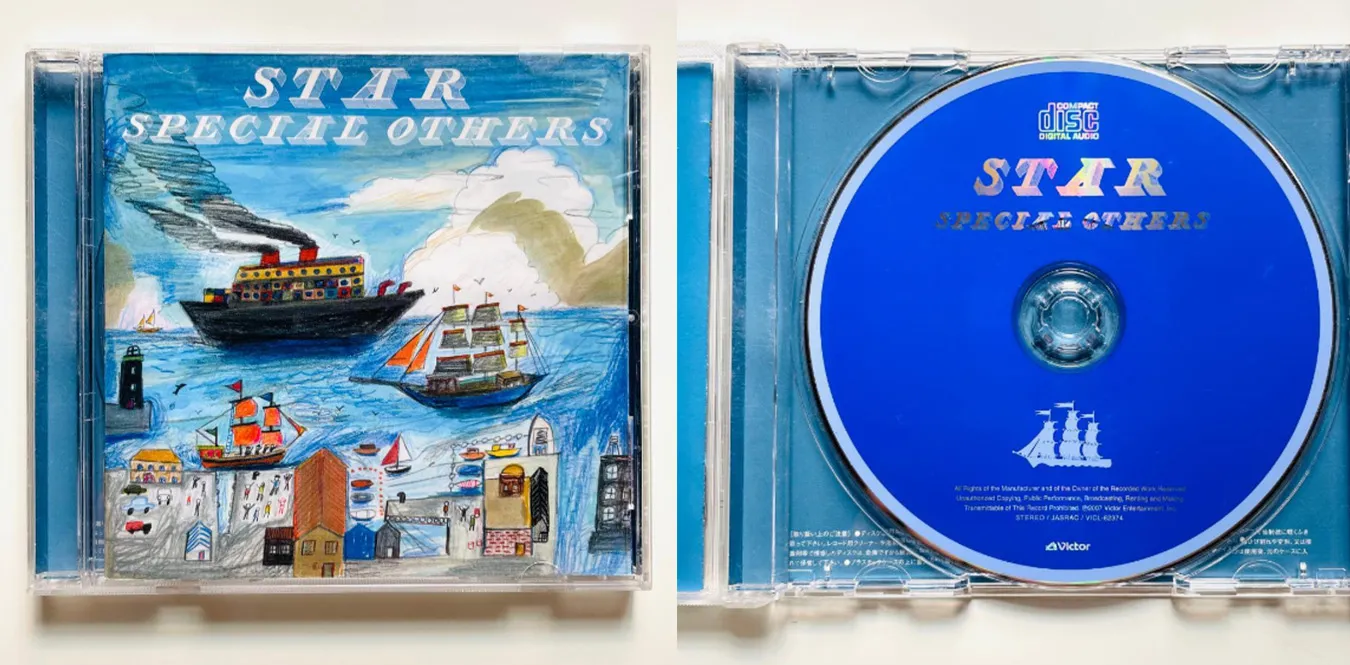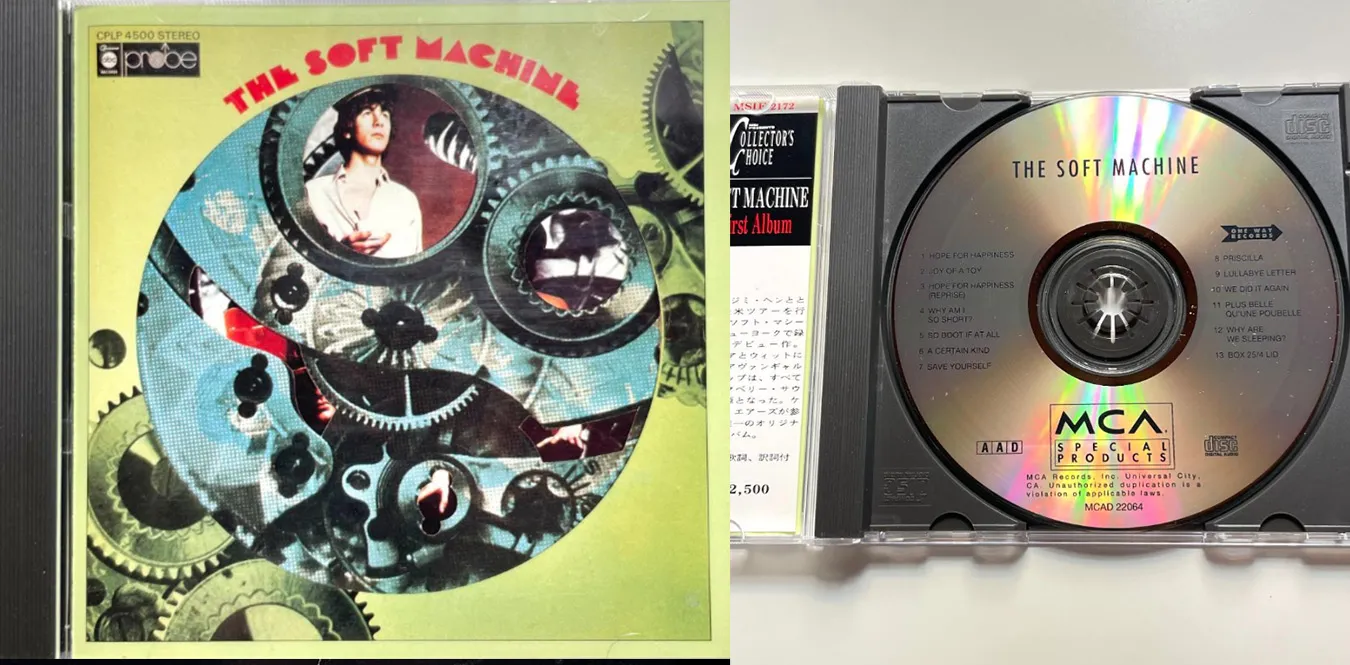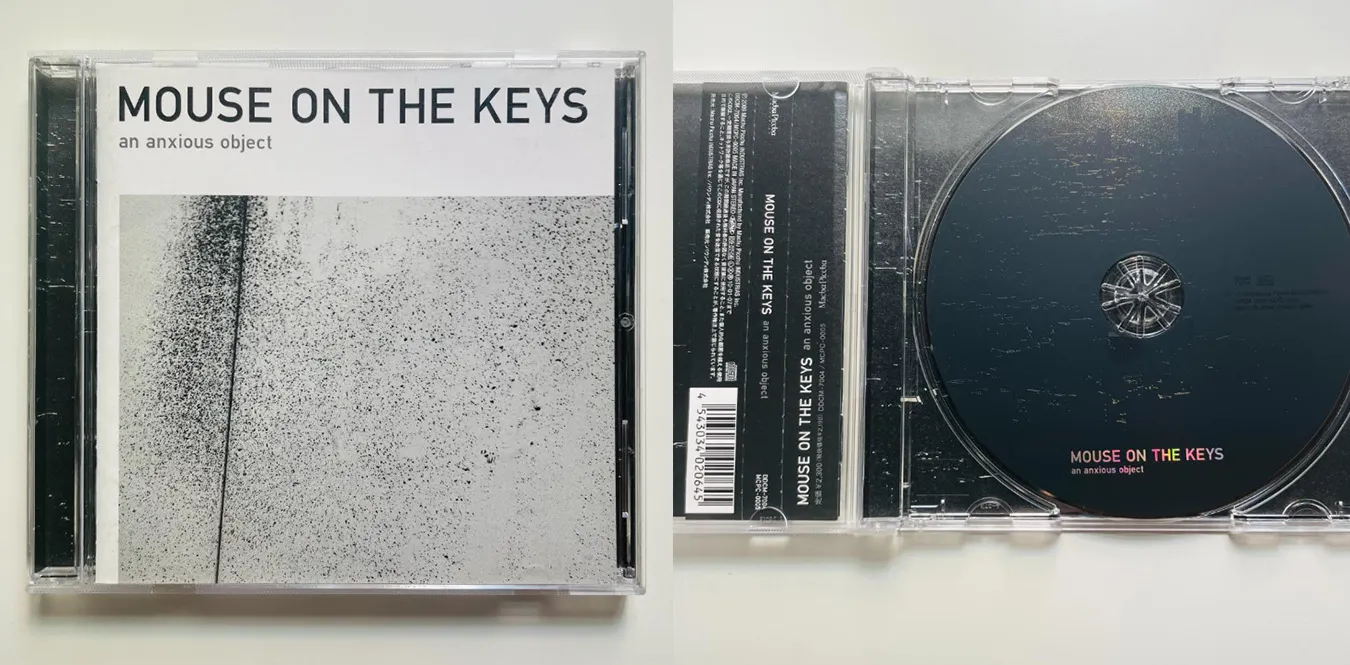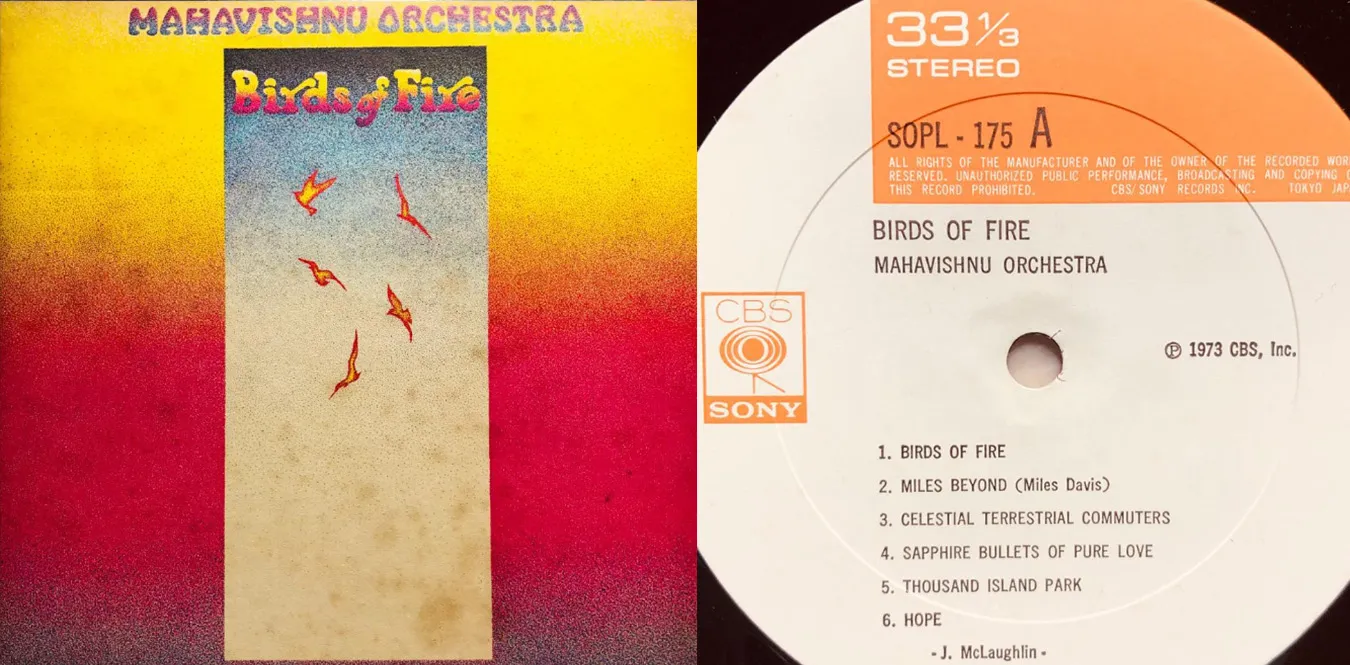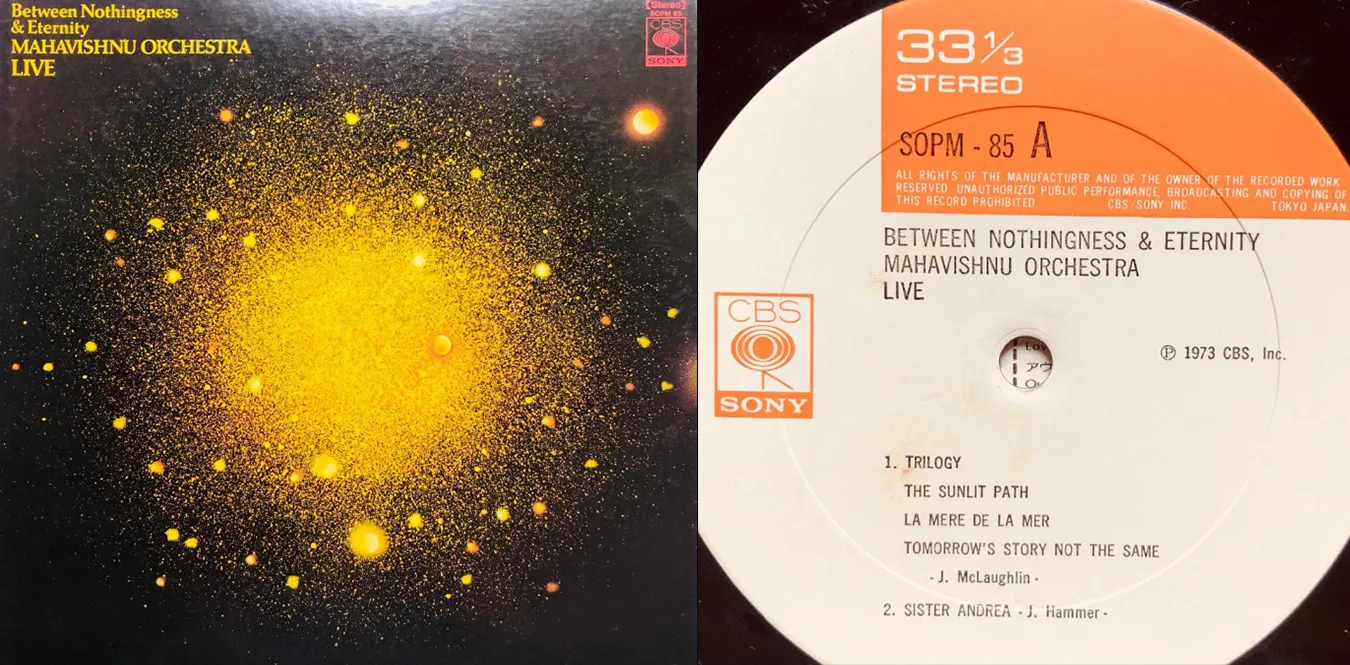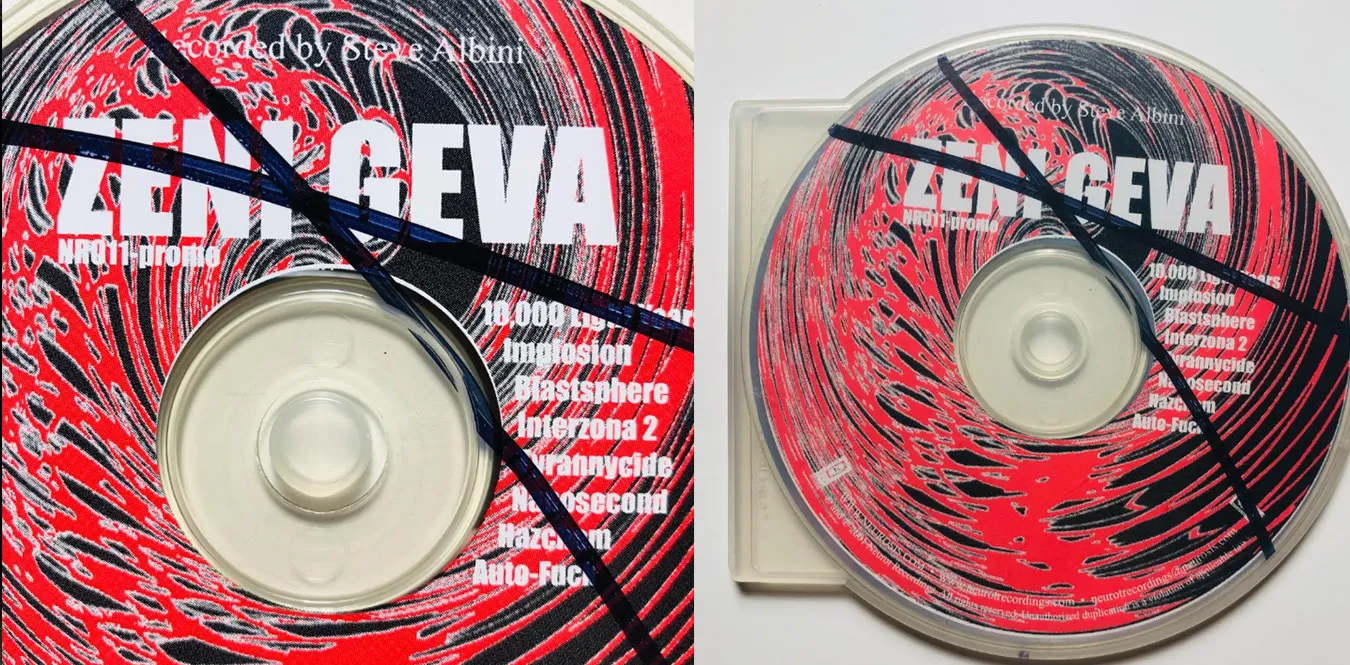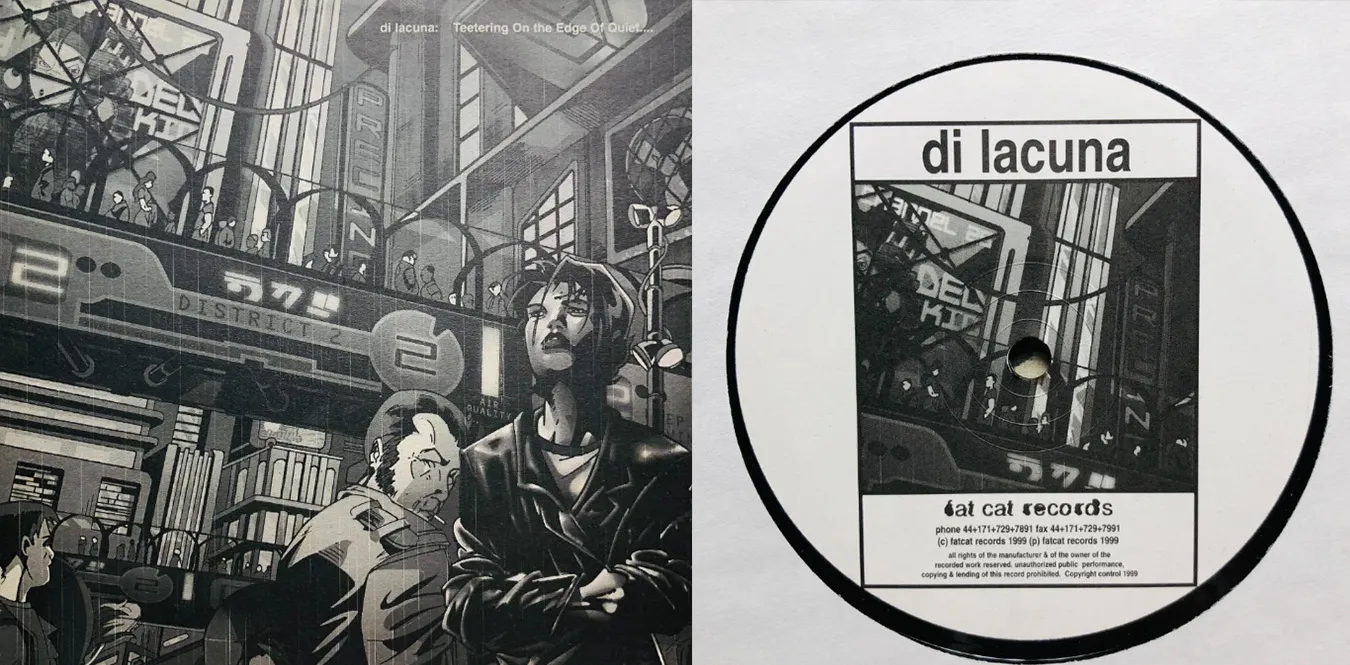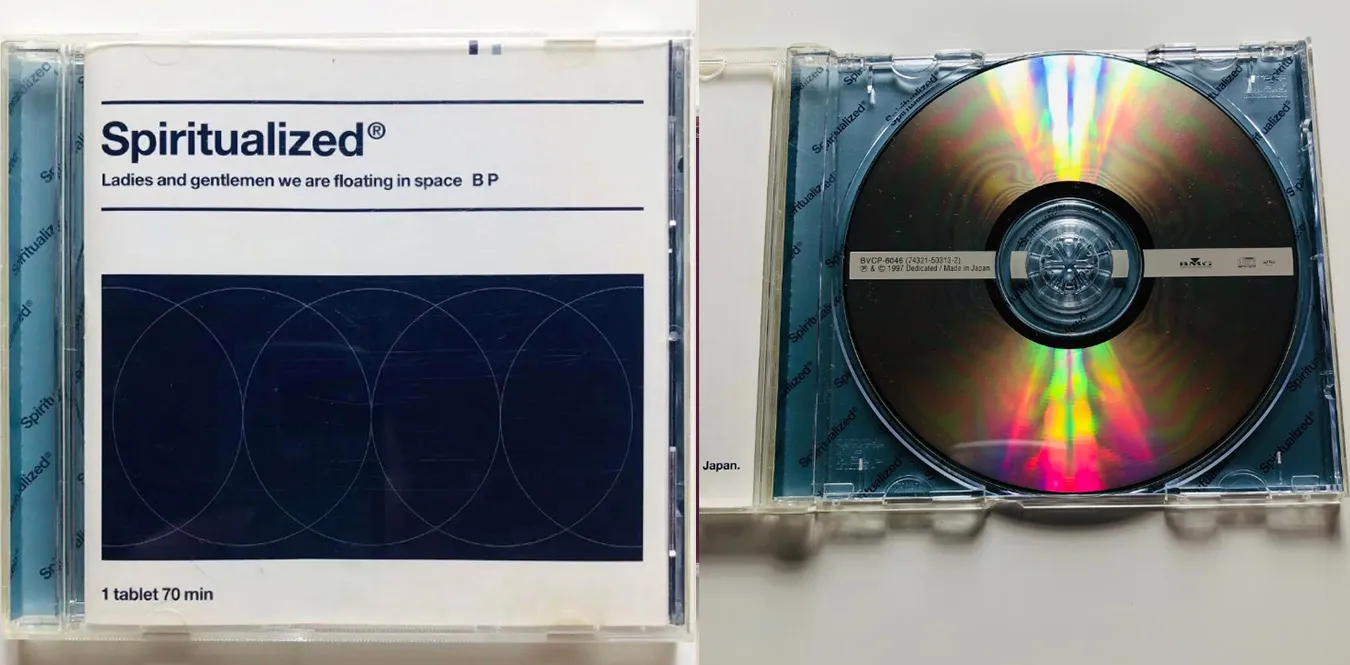[Column] Strings that directly convey emotions and thoughts — Guitarists from around the world and Japan
Column en Jazz Noise Post Rock Rock![[Column] Strings that directly convey emotions and thoughts — Guitarists from around the world and Japan](/../assets/images/column-guitarist.webp)
Prologue: The guitar, a “body recording device”
Text: mmr|Theme: Explaining the world”s and Japan”s leading guitarists from the perspective of era, genre, technique, and philosophy
The guitar is more than just a musical instrument; in the history of music since the 20th century, it has functioned as an extension of the body that directly conveys emotions and thoughts. The moment your fingers touch the strings, the sound is generated from the vibrations of your fingers and reaches the world through amplifiers and effectors. The tone produced by a guitar acts like a mirror, reflecting a person’s emotions, mental state, and even cultural background.
The image of a guitarist is different between Japan and the world. In the United States and the United Kingdom, blues and rock have become the foundation, and the genre has evolved into a mainstream one. However, Japan has experienced a more complex and free-flowing development, from the postwar electric boom to underground noise, improvisation, and post-rock. The uniqueness of Japanese guitars emerges at the intersection of mainstream technique and underground destructive expression.
II. World Edition: The moment when the guitar started a revolution
1. Rock flashpoint (1950s-60s)
Chuck Berry built the backbone of rock”n”roll through the fusion of rhythm guitar and phrases. The cutting with his right hand forms the basis of a dance beat, while the phrases with his left hand draw a unique melody even though they are derived from blues. Berry’s music showed that the electric guitar could become a symbol of youthful rebellion and freedom.
Jimi Hendrix exploded the potential of the electric guitar. He made full use of effects such as feedback, wah pedal, and phaser to make the guitar sound like a “voice.” In his live performances, he combines improvisation and subversive expression, transforming the guitar from just an accompaniment instrument to a central expressive device.
Lou Reed (The Velvet Underground) uses simple chord progressions and dissonance to bring artistic subversiveness to his music. It was pop, yet provocative, and contained an underground spirit.
2. Experimental and rebellious guitarism (1970s-80s)
Robert Fripp (King Crimson) established an innovative approach to progressive rock, using complex rhythms and improvised layers.
Thurston Moore & Lee Ranaldo (Sonic Youth) actively incorporate serendipity into their work, using specially tuned and prepared guitars. Using noise as a means of expression, he showed that the guitar is a tool for depicting not only melodies and chords, but also space and emotion.
Glenn Branca has assembled a guitar orchestra that allows for the expression of urban acoustics. The layered structure of harmony and noise created by multiple guitar players had a major influence on later shoegaze and noise rock.
Fred Frith emphasizes contingency in improvisation and maximizes the physical possibilities of the guitar. By manipulating the pick, strings, and body in a variety of ways, he created expressions that went beyond traditional techniques.
3. Between silence and roar (1990s-2000s)
Kevin Shields (My Bloody Valentine) is a representative of shoegaze using a roaring wall. He created a new style that spatializes sound through feedback and modulation and expresses emotion through the “texture” of sound.
David Pajo (Slint/Papa M) is a pioneer of post-rock that structures silence. The combination of delicate arpeggios and rhythms creates a contrast between stillness and movement, creating a narrative sound world.
Jim O”Rourke fuses experimental sounds and melody to develop guitar work that crosses genres. This made it possible to achieve both acoustics and singing spirit.
Godspeed You! Black Emperor treats the guitar as a tool for epic poetry, painting urban and social landscapes with long songs.
4. Modern border crossers (2010-2020s)
Mary Halvorson fuses jazz improvisation and abstract expression, turning the impossible with the guitar into the possible. He is a bridge between modern jazz and avant-garde.
Ryley Walker introduces spiritual variations to modern folk, fusing blues, jazz, and rock. The guitar is a vehicle for storytelling and a mirror for emotional complexity.
Yves Tumor traverses noise, pop, and physical expression. The guitar is treated like a voice or sound effect, and becomes a medium of expression that transcends the framework of an instrument.
Ichika Nito / Yvette Young is a technical expert from the SNS generation. With complex polyrhythms, tapping, and harmony construction, he has revolutionized guitar technique in the digital age.
III. Japan: Silence and Roaring History of Guitarists
1. After the war and the dawn of electric power (1950s to 1970s)
Takeshi Terauchi led the electric boom in postwar Japan. He conveyed the appeal of the guitar to young people with his technical and entertaining performances.
Char translates the blues into Japanese and expands the guitar expression in Japanese music culture. His unique melody and technique earned him acclaim both domestically and internationally.
Masayoshi Takanaka has given Japanese guitar music a unique color by fusing fusion and tropical mellow. It is characterized by a fusion of technique and emotion.
2. Underground movement (1970s-80s)
Takashi Mizutani (Les Rallizes Dénudés) had a huge influence on the Japanese noise/underground scene with his decadent guitar noise and psychedelic performances.
Seiichi Yamamoto (Boredoms / Omoide Hatoba):
- Boredoms period: Ritual performance of rhythm and destruction. A fusion of noise, improvisation, and psychedelic.
- Solo~Omoide Hatoba period: Introspective melody and psychedelic expression. Realizing the coexistence of singing spirit and noise.
- He embodies the unconscious expression hidden in Japanese rock, and his influence on subsequent guitarists is immeasurable.
Keiji Haino:
- The ultimate physical guitarist: Simultaneously manipulate the guitar, voice, and body to create an extreme sound world through improvisation.
- Techniques: Integrates all physical expressions such as picking, sliding, bow playing, resonant object manipulation, bass shouts, strange voices, whistling, etc.
- Ideology: Music is an extension of the body, and the guitar is a mirror of emotion and spirit. Sublimating the destructive tone as an emotional expression.
- Major Works:
- “Live at Improvised Music from Japan” series: Records of extreme improvised performances
- Live performance with MERZBOW: Dialogue between noise and physical expression
- Collaboration with Seiichi Yamamoto: Improvisation where introspection and destruction intertwine
- Live Features:
- Long improvisation lasting several hours
- Performance using the whole body (strings, body, voice)
- Experiential performance that appeals not only to hearing, but also to spatial and physical sensations
- Influence: Leaves a huge footprint on the entire Japanese underground scene and becomes a spiritual beacon for subsequent guitarists and experimental musicians.
MERZBOW (Masami Akita) pursues the pure form of noise. Using guitars and electronic equipment, he develops extreme expression.
3. Post-rock and lyrical architecture (1990s-2000s)
MONO is a post-rock band that depicts light and prayer with the guitar. It is characterized by its long song structure and lyrical arpeggios.
toe explores the guitar as a rhythmic structure. Balancing mathematical precision and emotional expression.
envy has established a unique emotional expression by fusing passionate hardcore with lyrical guitar work.
Boris has gained international acclaim for their roaring sound and fusion of various genres.
Zeni Geva fuses metal and noise to create destructive improvisational expressions.
4. The new generation of solitary (2010-2020s)
Ichika Nito is a skilled artist from the SNS generation, making full use of polyrhythm, tapping, and harmony building. Dissemination to the world through YouTube.
Ichiko Aoba uses an acoustic guitar to express dreamlike folk tales.
Tabito Nanao fuses guitar and lyrics to develop modern poetic musical expressions.
Influences after Seiichi Yamamoto: A young guitarist appears who inherits the introverted, improvisational, and underground expressions.
IV. Redefining the guitar: device, body, prayer
The guitar is not just a musical instrument, but a device for self-expression.
- Pedal board philosophy: Sound creation = ego design. Each pedal becomes an extension of the player’s personality.
- Loop/Glitch/DAW: Extended “finger memory”. A single performer can perform orchestral expression.
- Seiichi Yamamoto x Jim O”Rourke: Bridging the world from the Kyoto underground. Influenced improvisational and experimental music both domestically and internationally.
Keiji Haino treats the guitar as an extension of his body and mind, and is a presence that shakes the listener’s senses with the extremes of sound. The trinity of improvisation, destruction, and expression becomes an important coordinate in the history of Japanese underground guitar.
V. Conclusion: The lingering sound of the strings that never stops ringing
The guitar has always been a symbol of free expression, from the underground to the world. The era has come when the ““temperature and ideology of the performer’’ is more important than the technique.
The trembling of guitar strings continues to resonate throughout the ages.
Chronology (1950-2020)
Discography
| Artist | Representative works | Links |
|---|---|---|
| Seiichi Yamamoto | “Cafe Brain” | Amazon |
| Keiji Haino | “Watashi Dake?” | Amazon |
| BORIS | “Gensho (with Merzbow)” | Amazon |
| MONO | “Hymn to the Immortal Wind” | Amazon |
| Kevin Shields / My Bloody Valentine | “Loveless” | Amazon |
| Sonic Youth | “Daydream Nation” | Amazon |
| Chuck Berry | “The Great Twenty-Eight” | Amazon |
| Char (Naoto Takenaka) | “Smoke” | Amazon |
| Takeshi Terauchi | “Everything about the electric guitar” | Amazon |
| Ichiko Aoba | “0 (Zero)” | Amazon |
| toe | “the book about my idle plot on a vague anxiety” | Amazon |
| Yvette Young / Covet | “technicolor” | Amazon |
| Fred Frith | “Guitar Solos” | Amazon |

![[Column] The multilayered structure of Tokyo sound - the sound culture of Shinjuku, Shibuya, Shimokitazawa, and Akihabara](/../assets/images/column-tokyo-sound-layers.webp)
![[Column] Rhythm revolutionaries: The rhythm front lines of drummers who connect Japan and the world](/../assets/images/column-drummers.webp)
![[Column] Planet of Bass: Cultural History of Bassists in the World and Japan ---Sounds Under the Earth's Surface](/../assets/images/column-bassists.webp)
![[Column] Japanese rock history: The intersection of mainstream and underground](/../assets/images/column-japanese-mainstream-underground-rock.webp)
